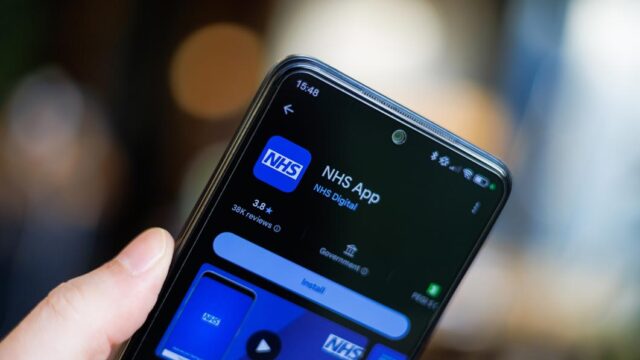Advertisment
How to make the EC guidance work in practice

At University Hospitals, Leuven the process for managing hazardous drugs from prescription to disposal is carefully controlled. At every stage, well-planned procedures minimise the risks of occupational exposure for the staff involved, Birgit Tans, Specialist Compounding Pharmacist, explains.
Prescriptions are received electronically in the pharmacy and are validated. They are then printed and a label is printed at the same time, to avoid transcription errors later. All the ingredients required are assembled and passed to the staff in the clean room. Only one preparation is made at a time. The preparation is made in the biohazard safety cabinet and before it leaves the clean room it is packed in a sealed bag. It is “put in an over-package which is a plastic bag and that’s sealed so if something should happen during transport, like for instance a bag that breaks, then the … fluid that comes out of the bag stays in the outer package – so nothing comes out and we avoid spillage throughout the transport system”, explains Ms Tans.
A pharmacist carries out the final check of the compounded preparation – checking that it has been prepared correctly with the right products and the right dose. In addition to the medication label, “we also put a label with a yellow hand, which is a warning sign that it’s a hazardous drug”, she says.

All labels for hazardous drugs have yellow backgrounds, in contrast to the normal white labels, she adds. The labels are barcoded so each preparation can be followed throughout its journey. The barcode can also be scanned when the drug is administered to the patient.
The compounded preparations are then delivered to the wards either via the hospital’s pneumatic tube system or via the transport system, packed in closed, leak-proof boxes.
There are also procedures for cleaning of the cabinets after drugs have been prepared and procedures for dealing with accidental spillages of hazardous drugs, says Ms Tans.
Tips for success
Ms Tans and Dr Sessink offered a number of practical tips for success:
- Choose vials in preference to ampoules because ampoules can cut the operator when opened and there is a risk of having glass particles in the final preparation
- Choose sleeved vials if possible, then if they are dropped and the vial breaks, the contents are contained by the sleeve
- Use Luer-locking syringes instead of Luer-slip syringes to reduce the risk of accidental disconnection and leakage
- When preparing a hazardous drug in an infusion bag, first spike the bag and fill the administration line with saline or glucose solution from the bag. After that, add the drug into the bag. This ensures that if there is any leakage of fluid when the nurse connects the infusion to the patient, it contains only saline or glucose but not the hazardous drug – and the risk of contamination is avoided.
- After a preparation has been made, put all the waste material into a plastic bag and seal it before putting it into the hazardous waste bin. This minimises the risk of environmental contamination with hazardous drug aerosols.
- Never [dismantle] a system that has been used to prepare or administer hazardous drugs. If it can be kept closed, as far as possible, then the risk to waste management and cleaning staff is minimised.
- Use closed system transfer devices.
- Training and education make people continuously aware of the potential risk of exposure to hazardous drugs.
- Meet other people and learn from them, for example, by attending local and international conferences.
About Birgit Tans and Paul Sessink
Birgit Tans is a hospital pharmacist at the University Hospitals of Leuven in Belgium. For the past 30 years she has specialised in compounding of cytotoxic drugs and is an expert on safe handling of hazardous drugs.
Paul Sessink first studied chemistry and later completed a PhD on hazardous drug exposure. In 1995 he founded the company, Exposure Control to provide services related to monitoring of hazardous drugs in the working environment. The company has provided services to about 350 hospitals in the world.
 |
 |
Read and watch the full series on our website or on YouTube.









